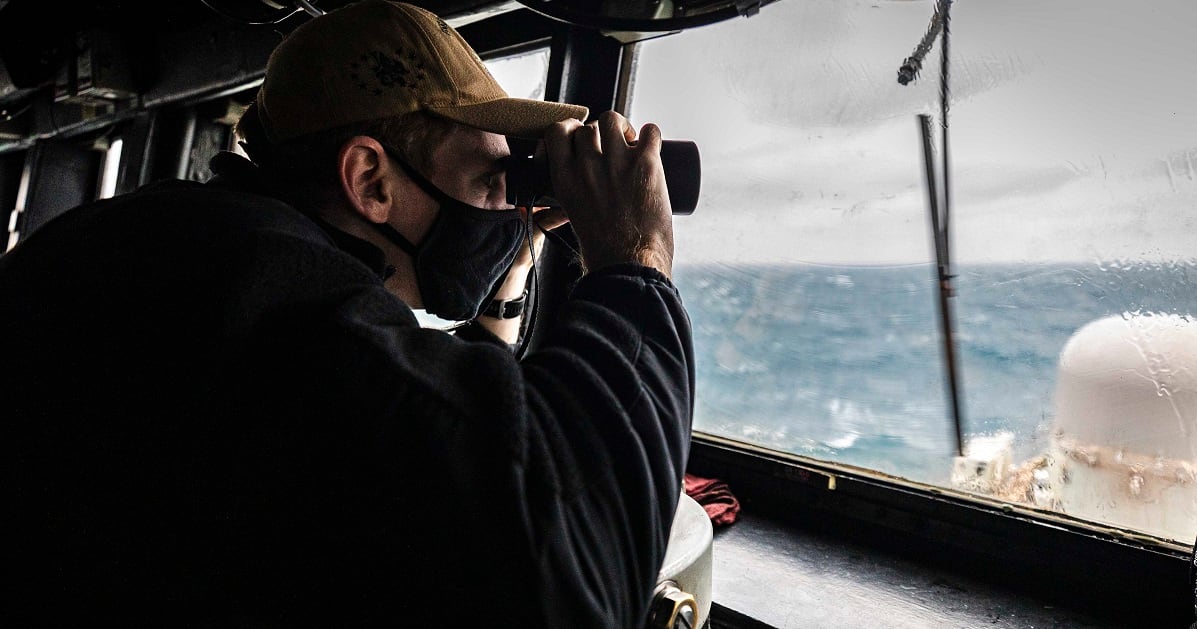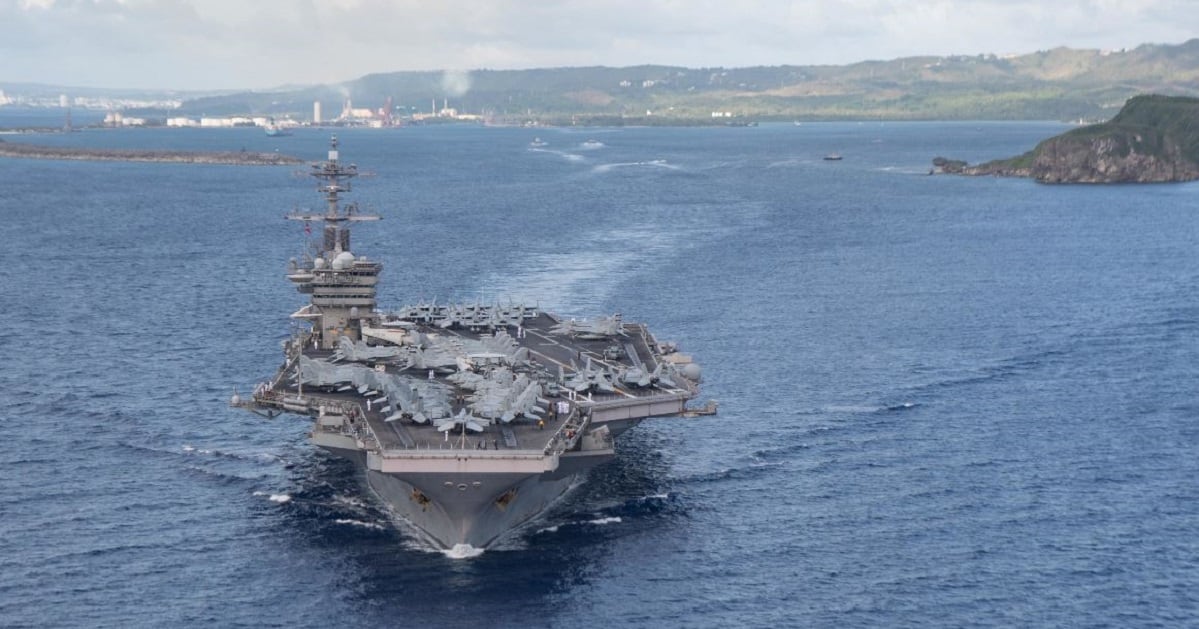WASHINGTON — The head of U.S. Indo-Pacific Command on Thursday acknowledged that his $27 billion wish list of new weapons and investments is “not without controversy,” but argued that the return on investment well outweighs the projected cost.
Adm. Philip Davidson, speaking at the American Enterprise Institute, compared the cost associated with the Pacific Deterrence Initiative to a similar fund set up for Europe, and made the case that the investments, particularly in Guam, will free up needed assets for the Navy to use elsewhere.
Earlier this week, Davidson’s request to Congress for the initiative was leaked to various media outlets, including Defense News. The request covers roughly $27 billion in spending between 2022 and 2027; with $4.6 billion for fiscal year 2022 alone.
RELATED

Last year’s version of the report, the first submitted by Davidson, proposed $18.5 billion in spending through 2026; in December, the Congress signed off on $2.2 billion for FY21. Davidson is scheduled to testify to Congress next week about the PDI request.
Davidson argued that the money sought for the upcoming fiscal year is less than 0.7 percent of the overall defense budget, and less than what Congress has traditionally appropriated for the European Deterrence Initiative, the fund that the PDI is designed to mirror.
“It’s been fascinating to me, the relative ease at which the conversation happens year to year when it comes to the EDI when compared to PDI,” Davidson said. “Some of the angst has been mechanical right? The original European initiative had access to the [overseas contingency operations funding]. And that made it an easier lift.”
PDI, however, does not have access to OCO funds, meaning “it’s got to come out on the top line unless extra funds were to be provided,” Davidson said — accounting at least in part for the long-standing opposition within the department toward the idea.
That opposition is part of the reason Congress essentially forced the issue, requiring the INDOPACOM head to directly tell the Senate Armed Services Committee what he would like rather than having it go through the Pentagon. With the fund set up, however, that institutional opposition is likely crumbling.
Earlier in the day, Colin Kahl, the nominee to be undersecretary of defense for policy, told senators that he supports the idea of a PDI, saying “there’s a lot of bipartisan support for supporting our allies and partners in the region” and “commending” the Senate for moving forward with the fund.
RELATED
Guam needs Aegis Ashore
“I think there’s been broad recognition across, certainly the Congress, and certainly the Department of Defense, that what needs to be resourced are the critical enablers that provide the joint integration and what might provide for coalition integration as well. That doesn’t really come out in service budgets,” Davidson continued. “And so we focus our advocacy on that joint integration piece, and frankly that’s where Guam comes in.”
Since last year’s unveiling of the first PDI request, Davidson has been pounding the table that reinforcing Guam is his highest priority, making it the lynchpin of INDOPACOM’s view of a future Pacific security layout. Included in Davidson’s wish list is $1.6 billion for a 360-degree persistent and integrated air defense capability in Guam, built around an Aegis Ashore system.
Adding that system to Guam not only would reinforce the island’s missile defense capability, but “for the cost it takes to build out a facility and flesh it out, I free up at least three ships in conflict, and probably more ships in crisis,” Davidson said. “I am advocating for capabilities that are on the shelf now and effective, on the ground in Europe, being purchased by our allies, [deployed] at sea.”
Aaron Mehta was deputy editor and senior Pentagon correspondent for Defense News, covering policy, strategy and acquisition at the highest levels of the Defense Department and its international partners.





